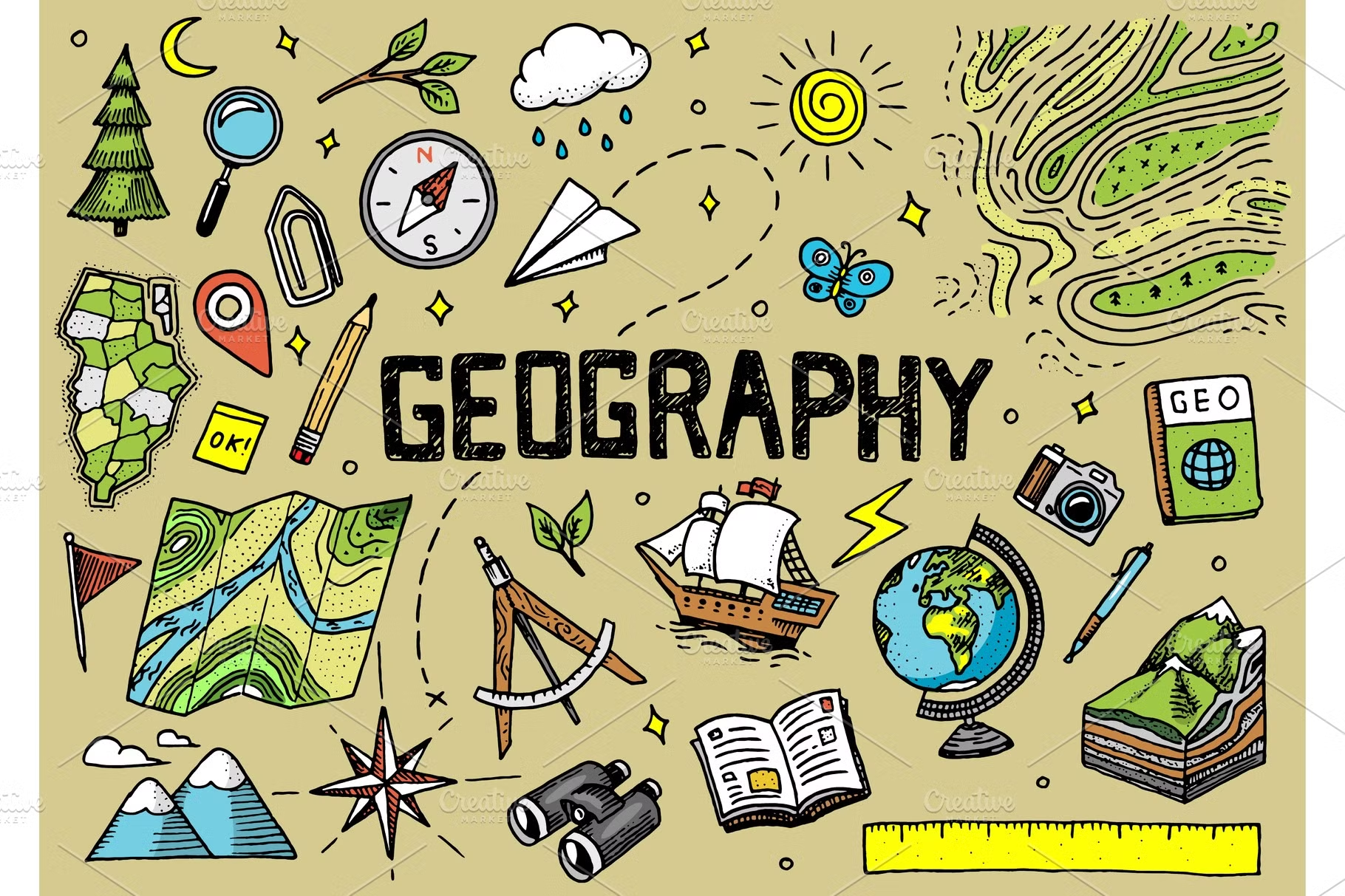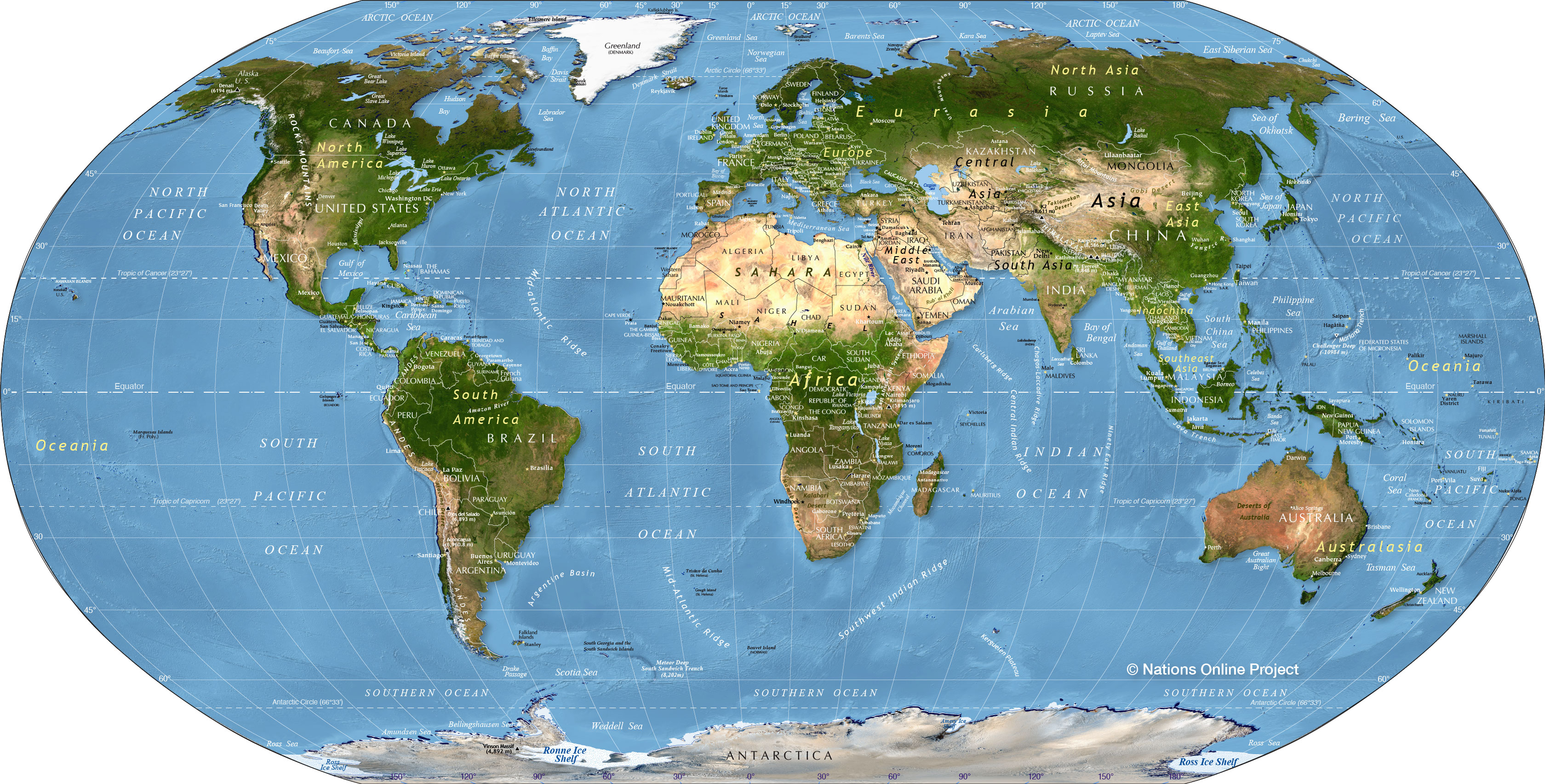What Makes Tehran's Location So Special?
A City of Many Facets - The Greater Tehran Geography
Exploring the Urban Layout - The Geography of Tehran on the Map
- Guillermo Jimmy Kimmel
- Scarswonderland Leak Tits
- Florida Panthers Brad Marchand
- Fleur Netanyahu
- Telegram Mom Son
The Academic Side of Tehran's Geography
Tehran, the central city of Iran, finds its home right at the base of the Alborz mountain chain, a truly impressive natural feature. This positioning, you know, gives the city a very particular feel, almost as if it is always connected to the high peaks. It has, over time, changed from a mere settlement into a very large urban area, serving as the primary spot for Iran's financial activities. Its story is one of constant growth and change, reflecting its important spot in the nation's life.
This place, in some respects, became the main seat of power for the Qajar family back in 1786, a time when the country was going through its own shifts. Since then, it has, more or less, continued to get bigger, turning into a very significant city and the main spot for money matters in Iran. The way people live and the words they speak are mostly shaped by Persian ways, but the city is also a spot where many different groups of people, speaking different words, come together. It's a blend of many things, actually.
- Read Prank Goes Wrong Free
- 50 Cent Mother
- Ash Kash Leaks Xxx
- Iran Nominal Gdp 2024
- Libra Astrology Compatibility
You might be interested to know that Tehran sits in what was, historically, the Media area, a very old part of northwestern Iran. This region, according to old Persian records, was known as "māda." Writings from a very old book, the Avesta, specifically in its Videvdat section (chapter 1, verse 15), talk about a place called Rhages as the twelfth holy spot made by Ohrmazd. This same name, Rhages, also shows up in old Persian writings, suggesting its long-standing importance in the area, so it’s not a new place at all.
What Makes Tehran's Location So Special?
When we think about where Tehran is, we picture it in the northern part of Iran, set against the impressive sight of the Alborz mountain chain. These mountains, you see, stand tall and proud to the north, forming a natural boundary and a striking background for the city below. The city itself is, in a way, perched up high, sitting at about 3,750 feet, which is roughly 1,143 meters, above the level of the sea. This height creates a very clear difference between the city's built-up areas and the rough, untamed land that lies very close by. It’s a contrast that really catches your eye.
This placement, quite uniquely, puts Tehran in a spot that offers both the convenience of a large city and the immediate presence of nature's big features. The way the mountains rise up, for example, influences the air movement and, in some respects, even the feel of the city itself. It’s not just a flat place; it’s a location that has been shaped by the very ground it sits on. The closeness of such a large mountain range means that parts of the city will always have a direct connection to these natural giants, a pretty constant reminder of the physical world around it.
The Alborz Mountains and the Geography of Tehran
The Alborz mountain chain, which provides a truly impressive sight for Tehran, stands as a defining feature of the city's surroundings. This mountain range, you know, is not just a distant backdrop; it's an integral part of what makes the geography of Tehran what it is. The way these mountains stand, reaching up to the sky, gives the city a particular kind of visual frame. They seem to guard the city from the north, creating a sense of enclosure and a natural boundary that helps define the urban area. It's almost as if the city grew up with these mountains as its constant companions.
This mountain presence also, quite naturally, plays a role in how the city experiences its weather patterns. The sheer mass of the Alborz, for instance, can affect wind directions and even, in a way, help to shape local temperatures. The mountains are, basically, a huge part of the natural system that Tehran exists within. Their slopes lead right down to where the city starts, making a clear connection between the high ground and the busy streets. This close link between the city and its mountainous surroundings is, in fact, a key part of the geography of Tehran.
The city’s location, right at the foot of these mountains, means that many areas have direct views of these towering natural forms. This visual aspect is, in some respects, a daily part of life for many people living there. The mountains are not just a distant idea; they are a constant, physical presence that helps to shape the look and feel of the city. So, when you think about the physical setup of Tehran, you really cannot separate it from the powerful presence of the Alborz range, which is a big part of its overall feel.
How Does Elevation Shape the Geography of Tehran?
The height at which Tehran sits, roughly 3,750 feet above the sea, is a very important factor in its geography. This elevation, you know, isn't just a number; it shapes many aspects of daily life and the physical environment. Being up so high means that the air can feel different, perhaps a little clearer, than in places closer to sea level. It also, quite often, means that the overall climate of the city has its own particular characteristics because of this height. So, the elevation is a key ingredient in the city's physical makeup.
This high placement creates a clear difference between the urban areas and the rough ground nearby. You see, the city’s built-up parts are on a kind of elevated platform, while the land around it can be quite uneven and natural. This contrast is, in fact, one of the things that stands out about the geography of Tehran. It’s a city that combines the features of a large human settlement with the raw, untamed elements of the land it occupies. This interplay between the developed and the natural is, arguably, a defining characteristic.
The various heights within the city itself also play a role. As we will discuss later, Tehran is not flat; it has a slope. This means that different parts of the city are at different elevations, which can, in turn, influence things like water flow and even, to some extent, local temperature variations within the city limits. So, the overall elevation, combined with the internal sloping nature, really adds layers to the geography of Tehran, making it a place with varied physical conditions depending on where you are standing.
A City of Many Facets - The Greater Tehran Geography
When you look at a map of Tehran, you are exploring the main city of Iran and also the center of Tehran province. This area is, in fact, the largest urban space and city in Iran. It also holds a spot as one of the three largest cities in the Middle East, standing alongside places like Cairo and Istanbul, which is pretty significant. A map of Tehran shows you the main spots, the pathways for vehicles, the train lines, the places where planes land, and other important locations that make up this big urban area. It's a very detailed picture of a busy place.
Tehran, as the capital of Iran, is a place full of interesting differences. From its busy streets, where people and cars move constantly, to its quiet green spaces, where people can find a bit of calm, Tehran offers a blend of new ways of doing things and old customs. This mix is, in a way, part of what gives the city its own feel. It’s a city where you can see modern structures right next to buildings that have been there for a very long time, showing how the past and present exist side by side.
The city's location at the foot of the Alborz mountain chain, as we have talked about, provides a truly impressive sight for the city. This natural background is, basically, a constant part of the scenery. The city also experiences certain weather conditions, which are, you know, shaped by its position and height. These elements contribute to the overall physical environment that people in Tehran experience every day. It’s a place where the natural world and the human-made world are very much intertwined.
Tehran's Historical Roots in its Geography
Tehran, as the capital of Iran, sits about 105 kilometers, which is about 65 miles, south of the Caspian Sea. This location is, in some respects, a very good one, as it sits on the edge of flat areas and in the lower parts of the country's highest mountains. This strategic spot has played a very important role in its historical growth. In 1788, it took over from Isfahan as the main city of Persia, marking a significant shift in the nation's central point of power. This change, you know, was a big moment for the city.
In the early 1900s, a ruler named Muhammad Reza Pahlavi had the old walls around the city taken down. He then started to build a city that was, in a way, planned out from the beginning, giving it a more organized and modern feel. This period of change really shaped the urban look of Tehran, moving it away from its older, walled form into a more spread-out and designed urban area. So, the history of its physical development is quite clear to see in its current form.
The broader physical makeup of Iran, which Tehran is a part of, involves rough, mountainous edges that surround large, flat areas in the middle. The Zagros mountains, for example, are a major mountain chain in Iran, made up of many parallel ridges with flat areas in between them, cutting across the country from its northwest to its southeast. While Tehran is specifically near the Alborz, understanding the general physical features of Iran helps to place the geography of Tehran within a larger context, showing how it fits into the nation's overall landforms.
The area known as Greater Tehran is a large urban spread that includes the central part of Tehran province and the eastern part of Alborz province. This big urban space covers cities that are right next to each other, like Tehran itself, Ray, Shemiranat, and other nearby places. This means that the influence of Tehran as a central point reaches out to these surrounding communities, creating a very large and connected urban system. It’s a very expansive area, basically, that shows how much the city has grown beyond its original limits.
Exploring the Urban Layout - The Geography of Tehran on the Map
Tehran is not just a city; it is also the name of a province and a county in Iran. The way people say its name in Persian is "Tehrān," with a slightly different sound. Tehran province is one of the 31 provinces that make up Iran. It covers a space of about 18,909 square kilometers, which is roughly 7,301 square miles, and is found in the northern part of central Iran. This province, you know, shares its edges with other provinces: Mazandaran to the north, Qom to the south, Semnan to the east, and Alborz to the west. This placement means it is surrounded by a variety of other regions, which is pretty interesting.
The location of Tehran within the broader geography of Iran is something that has been studied quite a bit. For instance, there are scientific drawings that show exactly where Tehran sits in relation to the rest of the country. These kinds of visuals help people get a clear idea of its place on the map. The city itself is the main point and the biggest urban area in Iran, located in the northern part of the country. It is, basically, set at the lower parts of the Alborz mountains, stretching from the southwestern sides of these mountains to the large flat area in the middle of Iran. This spread shows how the city interacts with different types of land.
Tehran province, which has an area of about 18,814 square kilometers, or 7,264 square miles, is located to the north of the central flat area of Iran. It was, in fact, made a part of the first region, with its main office located in Tehran, when the provinces were divided into five larger regions. This organizational detail further shows the importance of Tehran not just as a city, but as a central point for a wider administrative area. So, its geography is also tied into how the country is organized.
Why Does Tehran's Slope Matter in its Geography?
The city of Tehran is located at the lower parts of the Alborz mountains on its northern side. The height of Tehran varies quite a bit, from a low point of about 900 meters to a high point of about 1800 meters above the level of the sea. This range in height is, you know, very important. The city is built on a slope that goes up towards its very northern edge. This sloping ground has, in a way, made it a very good place for people to live.
Because of this
Related Resources:



Detail Author:
- Name : Christa Rau
- Username : gilberto.kilback
- Email : jhettinger@bauch.net
- Birthdate : 1994-07-13
- Address : 92144 Kulas Village Humbertoborough, NE 92336-7968
- Phone : 1-707-981-6540
- Company : Osinski, Jast and Borer
- Job : Typesetter
- Bio : Magni sequi iste ab molestiae dolor voluptate et. Maiores cumque suscipit illum sit cum veritatis magnam. Qui tempore voluptatum ut nemo nobis eum.
Socials
facebook:
- url : https://facebook.com/rutherfordm
- username : rutherfordm
- bio : Aliquid sed corrupti et sit.
- followers : 6205
- following : 446
tiktok:
- url : https://tiktok.com/@meredith.rutherford
- username : meredith.rutherford
- bio : Impedit numquam eius optio ut debitis itaque aut sequi.
- followers : 1595
- following : 2953
instagram:
- url : https://instagram.com/mrutherford
- username : mrutherford
- bio : Iste non quo expedita nesciunt consectetur. Sunt et soluta at qui. Sit error magni odit est modi.
- followers : 6628
- following : 949
twitter:
- url : https://twitter.com/mrutherford
- username : mrutherford
- bio : Tempore omnis nisi iure possimus aut omnis placeat. Cum sint molestiae molestiae quibusdam qui. Fugit eveniet eum repellendus quidem consequatur est.
- followers : 2952
- following : 2029